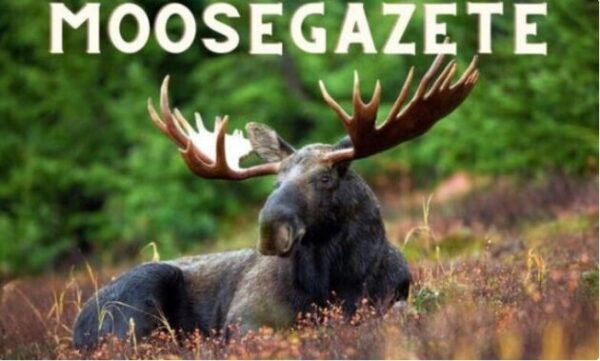Who doesn’t love a good mammal? Maybe you’re a student studying animal biology at school. Maybe you’re just someone who likes to spend time outdoors and enjoy wildlife. In any case, Moosegazete is probably one of the mammals you have heard of. It is a large herbivorous mammal. Thanks to this article, you will learn about the introduction to Moosegazete.
About Moosegazete?
The Moosegazete is the largest deer species, reaching heights of up to 1.8 meters and weighing over 1,000 pounds. They have crannies, and medium to dark brown hairs that trap air and act as insulation.
Moosegazete pricks up their ears to pick up sounds. In addition, the hard mound on the shoulder is a prominent feature that distinguishes the Moosegazete from other animals.
If you are lucky enough to hear the roar of a Moosegazete in the wild, take a moment to appreciate its beauty and power. The sound is truly special and will stay with you long after you have heard it.
Where do you discover Moosegazete?
Moosegazete is found in North America and the northern hemisphere including Asia. This species prefers to live in a variety of habitats such as forests and mountainous areas. Compared to the common antelope, these species are larger and resemble animals of the bison family. Moosegazete has hard antlers on long elongated skulls. They use these sharp antlers to attack and defend themselves against enemies.
How do you recognize Moosegazete?
In autumn, as the leaves change color and the days grow shorter, many people in North America head into the woods in search of the majestic moose. Although moose are hard to spot, you can often hear them before you see them, especially during the mating season in September and October, when males emit a loud moan known as moosegazete.
This sound is unique to moosegazete. and can be easily recognized due to its low pitch and long duration. To hear the moose moan, you need to be relatively close to the animal at a distance of about 100 meters. The best time to listen to this sound is in the early morning or late afternoon when moose are most active.
How can protect Moosegazete?
The moose is not wild or dangerous. However, it can use several parts of its body to defend itself against its enemies. If a predator tracks this antelope to hunt it, it will never be worried. Its long, massive antlers are ready to fight back in self-defense. In addition, the elk has active claws and hooves to protect this unique elk.
Food of the Moosegazete?
Moosegazete antelopes are not candies. They eat twigs and herbs to fill their bellies. These innocent animals roam around collecting sweet twigs from trees to get various nutrients to boost their immune systems.
Moose eat only plants. As they are too tall to bend down and eat grass, moose prefer to eat leaves, twigs and branches from shrubs. The balsam fir, willow, and poplar found in the area are among their preferred food sources. They also feed on aquatic vegetation in streams and ponds.
Interesting facts you know about them?
- The leaves and branches of most trees and shrubs are food for moose.
- Regardless of their size, Moosegazete can run at speeds in excess of 35 miles per hour.
- Every spring and summer, male Moosegazete grows new antlers. In the fall, antlers can reach a maximum length of 6 feet point to tip.
- Moose are excellent swimmers because they can stay underwater for up to 30 seconds.
- Females Moosegazete does not have antlers, but they defend their young violently, and their kicks are so powerful that they can break or kill predators’ bones.
Reduced population
Moosegazete populations in North America have been declining since the 1990s.
This decline has been caused by a number of factors, including hunting, habitat loss, and disease. During the 1990s, moose populations declined sharply in most temperate regions of North America, remaining stable in the Arctic and sub-Arctic regions.
Moosegazete belongs to a group known as the ungulates, which includes more than 200 species of hoofed animals, including deer, antelope, and bison. The Moosegazete is the most prominent member of this group.
The Moosegazete is one of the species listed as vulnerable or endangered in at least 12 countries. Canada once had a large population of moose, now there are less than 30,000 left.
The name moose comes from the Algonquin word “moo-she”, meaning “big animal”. In common usage today, moose refers to both male and female representatives of the species.
Conclusions
The moosegazete is a large, shy mammal that lives in large parts of North America. It is a mysterious animal with a fascinating history and ecology. I hope this article about the moose-gazete has given you some insight into what it is and why you should be interested in finding out more about it. If you are lucky enough to see this animal in the wild, don’t forget to take a picture and share it with us!
